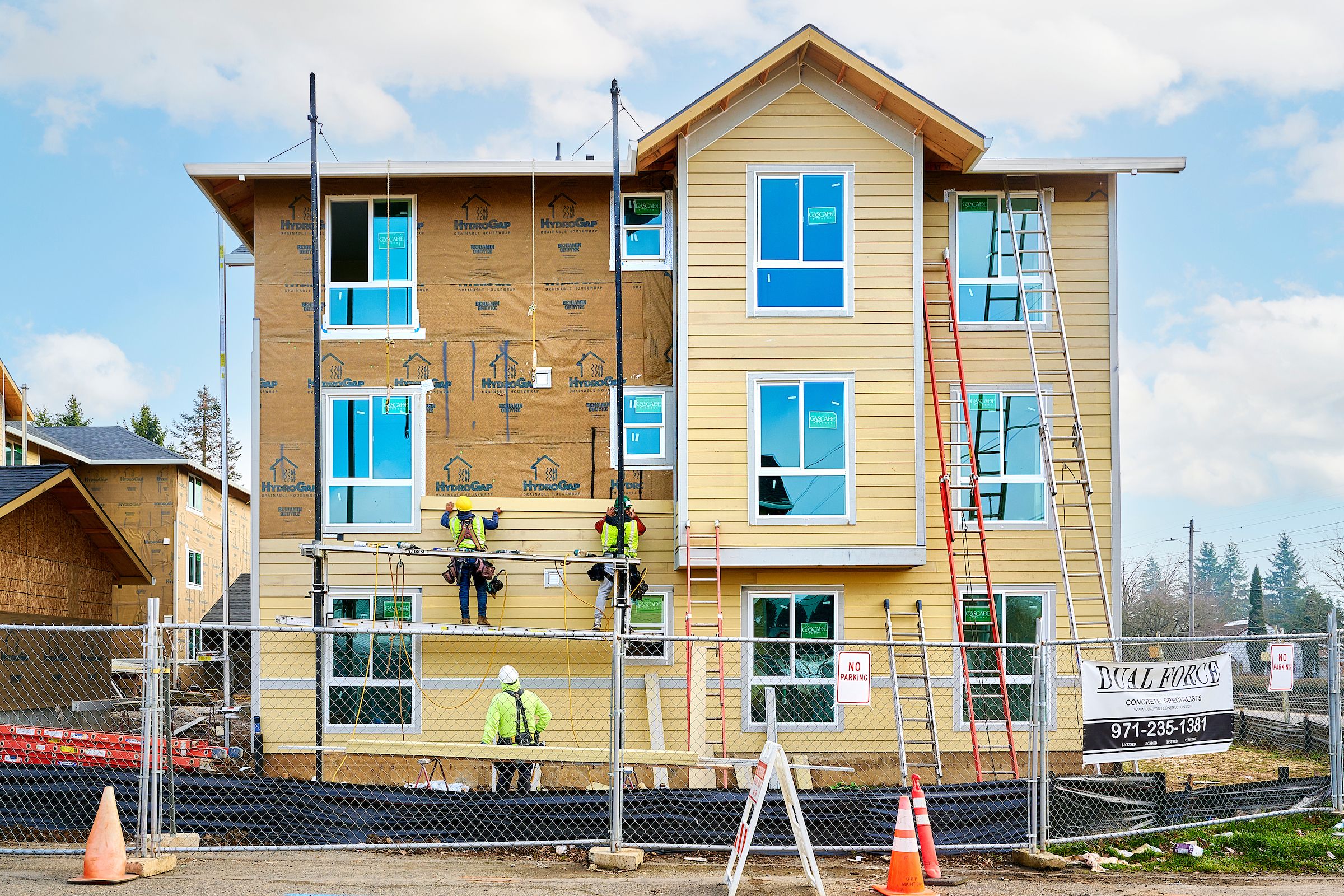What is affordable housing?
Affordable housing is more than a place to live—it’s a foundation for stronger communities and thriving neighborhoods. Too often, misconceptions overshadow its value. Here, we share the facts about its benefits, quality, and the people who call these homes their own. Because when we make space, more people find a place to belong.







Affordable housing often gets an unwarranted bad reputation. Misinformation and misunderstandings leads to outright opposition to developments that are beneficial to communities, families, and individuals on the whole.
Here we unpack some truths and erase common misconceptions of affordable housing in hopes that understanding makes for better neighbors, stronger communities, and fast friends.
The common misconception of affordable housing is they devalue existing homes. Studies show that affordable homes don't lower property values. In truth, they add value to nearby market-rate homes. Affordable housing is built with contemporary design and market-rate features. Affordable developments blend well with the character and quality of the communities where they're built.
Affordable housing developments are built just as solid, safe, and attractive as existing homes. The “affordable” isn’t defined by the construction cost. HUD defines it as “Housing on which the occupant is paying no more than 30% of gross income for housing costs, including utilities.” These developments, in part or whole, utilize public funds making the “affordable” the value passed on to the community.
Schools with nearby affordable housing generally retain and attract educators who traditionally earn modest incomes. It also allows low and mid-income families to settle in a community, providing stability for their children. This stability raises school attendance and lifts overall school test scores.
Affordable housing developments are often built near densely populated areas that are hubs for employment. Living close to work means residents can walk, bike, or take public transportation more often than those with higher incomes.
Communities strive to create safe neighborhoods for all—especially children, seniors, and the vulnerable. Affordable housing developments establish stability—one of the best deterrents to crime. When residents feel pride in their living space, they develop pride for their community; this creates a neighborhood cohesion. Each looking out for the other.
The benefits of affordable housing developments reach throughout the community and into a broader population. America’s most vulnerable residents work and shop locally, making local businesses prosper. The additional property taxes collected from residents help fund education and city repairs.
The people you interact with everyday are people who work for modest wages and are in need of affordable housing. Some are getting their start in life while others, like seniors and veterans, live on fixed incomes. Whatever their story, they’re grateful for an affordable home in a community they love.
CHOOSE A PHOTO to SEE THE IMPACT a GOOD SPACE Makes

Diam rhoncus, vulputate felis rutrum, tempus ante. Donec auctor id ligula eu vestibulum.

Sed in diam rhoncus, vulputate felis rutrum, tempus ante. Donec auctor id ligula eu vestibulum.

Lorem ipsum dolor sit amet, consectetur adipiscing elit. Etiam sit amet ultrices mi. Ut sed malesuada tortor, eget fermentum nibh.